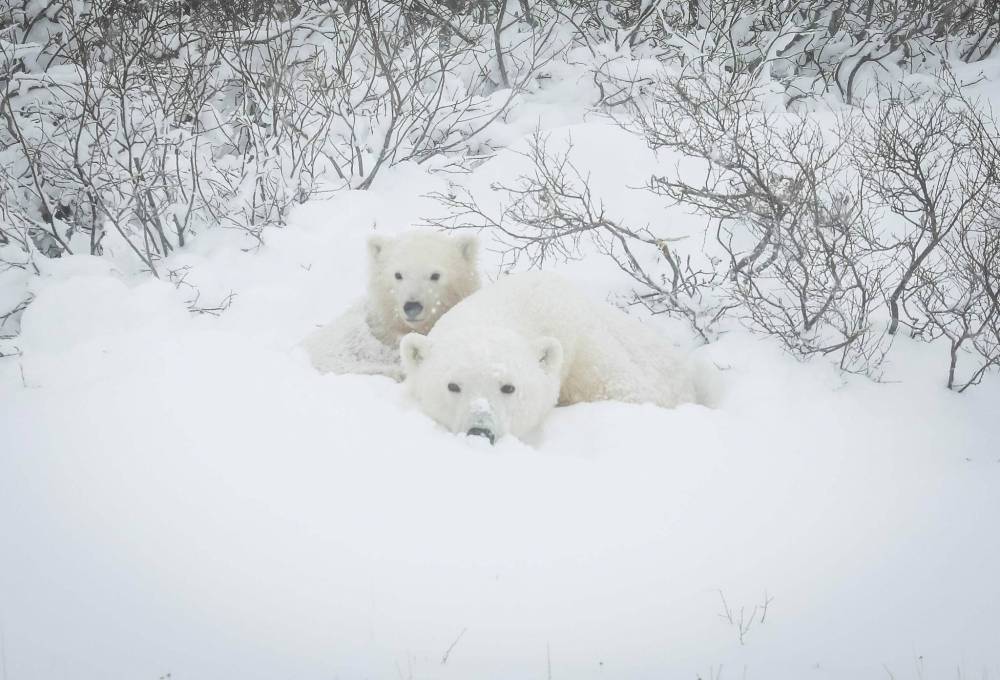As climate change continues to shrink the Arctic’s ice, new findings reveal that polar bears might continue to live on.
A study published by the University of Manitoba, in partnership with Polar Bears International and other institutions, discovered how some polar bears might be more prepared to adapt to climate change than others.
It analyzed polar bear populations across the Canadian Arctic, comparing the genetic diversity of the animals near the Arctic Circle to polar bears found in southern regions, including Churchill.

JESSICA LEE / FREE PRESS FILES
A recent study has discovered how some polar bears might be more prepared to adapt to climate change than others.
“The bears that are in the low Arctic and that already experience those ice-free summers seem to be more suited towards warming environments, probably because they already exist in those conditions, and they’ve had enough time to get used to being on land,” said Ruth Rivkin, a post-doctoral research fellow at the University of Manitoba and co-author of the study.
Climate change is wreaking havoc on the Arctic, which is warming at four times the rate of the global average, the study says.
Because of the shrinking ice, Rivkin said she expects to see polar bear populations furthest north to suffer the most because of the lack of genetic diversity hampering their ability to adapt.
“We know with climate change that the entire Arctic, including the High Arctic, is predicted to be ice-free in the summer in about 10 years,” she told the Free Press Thursday.
“So those environmental conditions are changing very quickly.”
As the Arctic Circle’s ice melts and polar bear populations decrease, Rivkin said it’ll have a cascading effect on the environment because of the animals’ pole position in the food chain.
“It’s hard to say exactly what that would look like, but it will mean a big change,” she said.
The future of polar bears might not be total extinction though, she said. Based on the study’s findings, small clusters of polar bears are likely to pop up in southern regions of the Canadian Arctic.
Rivkin also found variation in genetic suitability, which she said could lead to their ability to evolve.
“It’s not all going downhill for the bears and, certainly, some groups will have a harder time than others, but there is potential for adaptation,” she said. “It’s just going to depend on how much time we can give the polar bears to adapt.”
However, she added that the more carbon emissions released into the atmosphere will make it more challenging for polar bears to adapt. There’s also a risk that manywon’t be able to genetically adapt, regardless of how much global emissions decrease.
Conservation efforts need to target polar bears that live in the northern Arctic to help preserve the genetic diversity of bears in the area, Rivkin said, adding more research is needed to understand whether southern polar bears are adapting better than their northern cousins.
matthew.frank@freepress.mb.ca